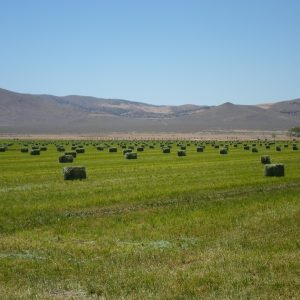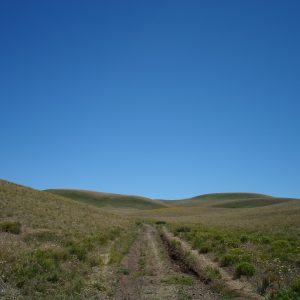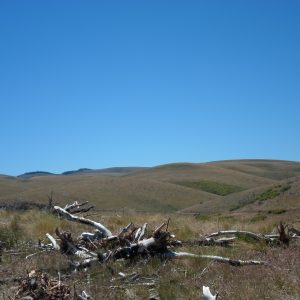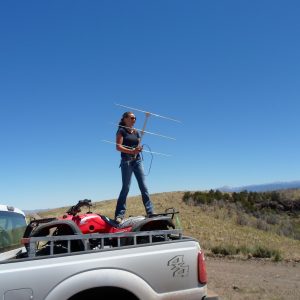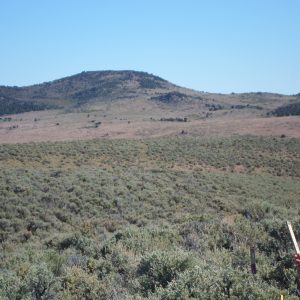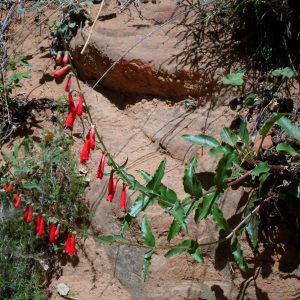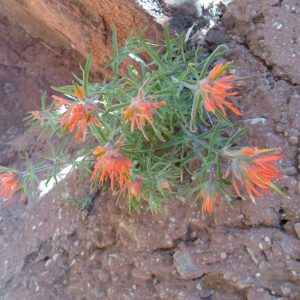Today I wrap up another great few months as a CLM intern. As I was lucky enough to have the opportunity for two CLM internships I suppose the most important question I am asking myself as I head out is whether it was worth doing a second internship. Did I learn new and valuable about myself and land management? My response would be unequivocally yes.
After my first internship in Miles City, Montana, I was left with a lot of questions. In Montana, I performed a lot of wildlife work in remote areas, saw a lot of public land, and gain confidence in the field. However, as I worked alone, I did not come away with a good understanding of how the different departments of the agency worked together to manage public lands. This summer I gained a much clearer understanding of how the different cogs of the BLM (and at times other agencies) fit together to preserve and mangae our public resources effectively. For example, I contributed to wildlife clearances for a number of fuels and range improvement projects. As the separate departments made plans to effect great change on the landscape, for example clearing pinyon/juniper woodlands or constructing fences, it was my job to survey the action area for wildlife and denote any wildlife constraints or recommendations for the project. Often the Fuels or Range Departments are presented in opposition to Wildlife considerations. But for all the projects I work on, I met folks on both sides dedicated to a balanced approach that would benefit everyone.
The small jaunt into the document writing these clearance reports required also gave a me a great appreciation for the work my superior biologists are engaged in. As a seasonal or intern you mostly get to do the fun stuff and are out in the field everyday. But a permanant wildlife biologist spends an enormous amount of time drafting of official documents and reports, like the wildlife clearances. Though I recognize the invaluable nature of these communications, I must admit it has made me apprehensive about seeking a permanent position, which most likely chain me to a desk a bit more than I’d like.
Luckily this summer I was still an intern and out in the field almost everyday, which was a joy. My only major complaint is that much of this time was spent (hours and hours) driving in the truck. I realize, however, that this is inescapable if you work in a large field office with a number of remote areas. I suppose this is a good moment to give a nod to my field partner and fellow CLM intern Jen Schmalz, who helped make those long drives a pleasure. In fact, getting to work in the field with Jen was a highlight of this internship. Her presence greatly augmented the enjoyment and learning I experienced working in the field. We bounced ideas and questions off each other, shared our amazement at intriguing natural wonders, and exchanged our complementary skills. Additionally, a relief driver on the exhausting, terrible two-tracks was a blessing. I believe we became an efficient, effective team. Thanks, Jen!
As I leave this internship to move onto a position with the Georgia Department of Natural Resources, Non-Game Wildlife Division, I am looking forward to comparing and contrasting the two experiences. The two positions, though both focusing on wildlife, will take place in wildly different contexts. Work with the BLM out west involves large tracks of public lands, areas where management regimes can be instigated on large swaths of territory. Whereas the DNR on the east coast is constrained by a setting of mostly private holdings. To be effective in wildlife management, the DNR must work extensively with private landowners in a way much different from the BLM. An additional difference between the two agencies will come in their aims and goals. The BLM, with its multi-use motto, must balance wildlife with a number of other imperatives. The DNR, on the other hand, is dedicated more exclusively to conservation and preservation. Despite these differences, I feel that through my time with CLM I’ve built a repertoire of knowledge and skills that will serve well in the new agency.
I’d like to thank the Chicago Botanical Gardens for giving me this second opportunity. Also thanks to my mentor, Christine Pontarolo at the BLM, for giving me independence and responsibility while at the same time being available for any question or concern. I definitely attribute my desire to continue in wildlife management to my time as a CLM intern; it has been a formative experience both pragmatically and ideologically. Thanks so much!!




